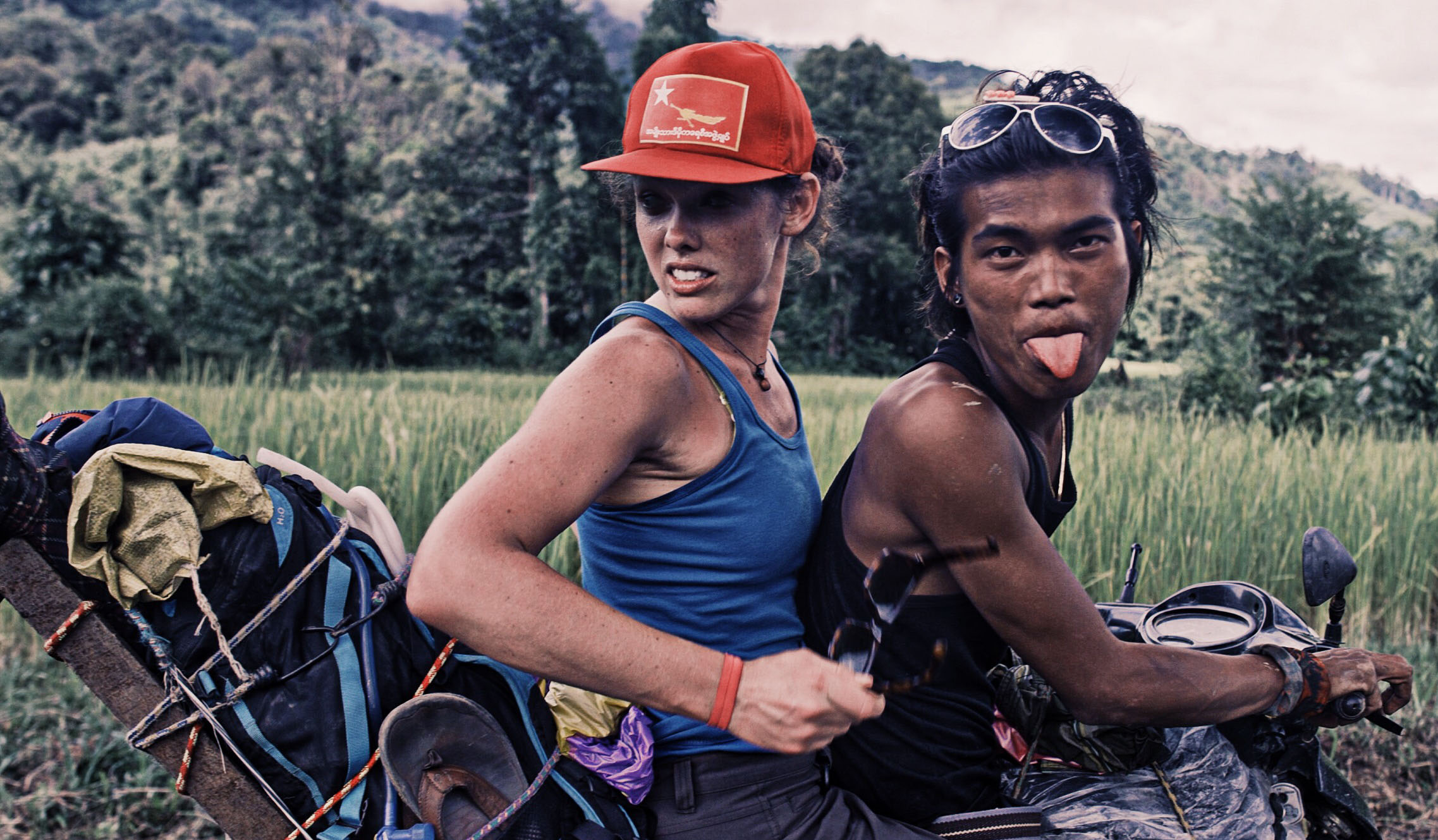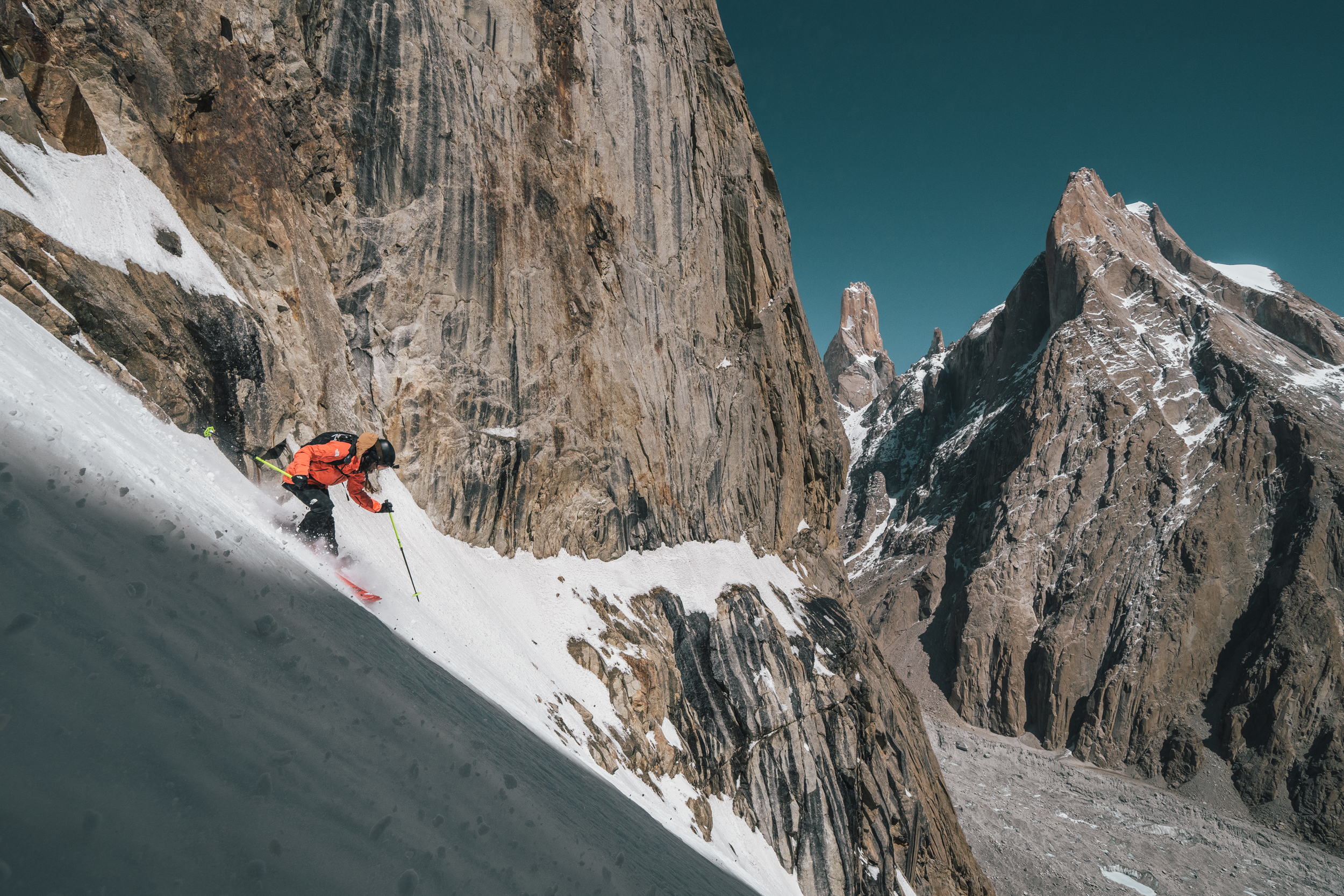
Down to Nothing
None of us could have imagined just how much this trip would strip us down. And what raw and hidden parts of ourselves would be out there, vulnerable, exposed to the carnivorous terrain of an uncharted jungle, our deepest selves flung in each other’s faces with the frigid gusting winds of high snowy ridges.
It started at home with a plan to climb Hkakabo Razi of Northern Burma, potentially the tallest mountain in Southeast Asia, in order to confirm its height. Despite modern satellite technology, the only way to accurately determine the height of a mountain is to place a GPS squarely on top of the summit. North Face climber Hilaree O'Neill, the trip leader, conspired for over a decade with National Geographic writer Mark Jenkins to make this dream come true. Cory Richards was on board as photographer, Emily Harrington (one of the world's top sport climbers) joined and filmmaker Renan Ozturk and I came into the fold to document the story.
It would be a trip that not only solved a great geographical mystery, but through its style, embodied an anti-Everest expedition. Self supported, no helicopters, a largely unexplored jungle and trekking step by step all the way to the summit.
At the airport on the day of our departure, it started with 27 burly, spacious duffle bags. I can’t tell you how many bars and nut butters and blocks of parmesan we packed. Or the weight of all the ice axes, racks, ropes and equipment. I can tell you that for the filming alone, we had eight cameras, time-lapse equipment, a crane, two laptops, a lithium solar-powered battery that weighed more than my dog and enough cables to assemble our own functional Frankenstein.
We assumed, from what the outfitter we hired told us, that this amount of gear could be managed and brought up to the mountain. As a team, we had everything we could need to survive, climb, film and photograph the adventure.
Northern Burma, as it turns out, is no place to try to bring 27 duffle bags. There simply is not enough trekking infrastructure to support an expedition like ours. We had no idea.
Many adventures go awry, especially when teams are inexperienced. Despite the fact that this was my first expedition, first time to Asia and first time above 13,000 feet, our team as a whole was a collection professional athletes and explorers, some of the best in the world. Between us, nearly 200 trips had been taken to remote regions of the world. Members of the team have scaled unclimbed peaks, skied off Everest, evaded knife-wielding bandits and reached the far poles of the planet. But Burma. Burma stripped us down to nothing.
It started to dawn on us that we were up against something much greater than a long trek when we began to lose the motorcycle drivers who were crucial to transporting us and our 27 duffle bags 80 miles up the first muddy section of the jungle. What followed were rickety bridges slick with rain, mud gullies, vehicle breakdowns and the beginning of a 150-mile jungle slog to basecamp with little help from the villagers we encountered.
For the next few weeks, we inched our way through the jungle, losing porters in the middle of the night, who gave up and went home, and recruiting new people along the way. We had to cut weight. We ditched over half our food supply for the mountain, half our climbing equipment and clothing, and over three-quarters of the filming gear. If we were going to make it, we had to go as light as possible.
By the time we got to the basecamp of Hkakabo, at 13,400 feet, we were depleted. Physically, emotionally and at the end of our reserves. But we had made it this far, and the team of five climbers headed up the mountain.
What happened on that mountain is laid bare for audiences to experience in the documentary film Down to Nothing, which screens during Telluride Mountainfilm on Friday at 9 p.m. at the Sheridan Opera House and Monday at 9:15 a.m. at the Palm. We’ll see you there.


